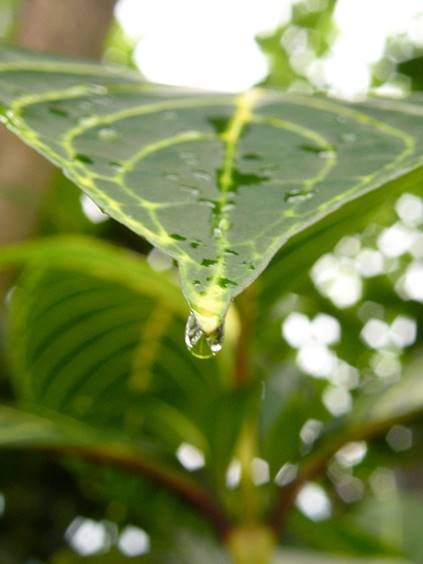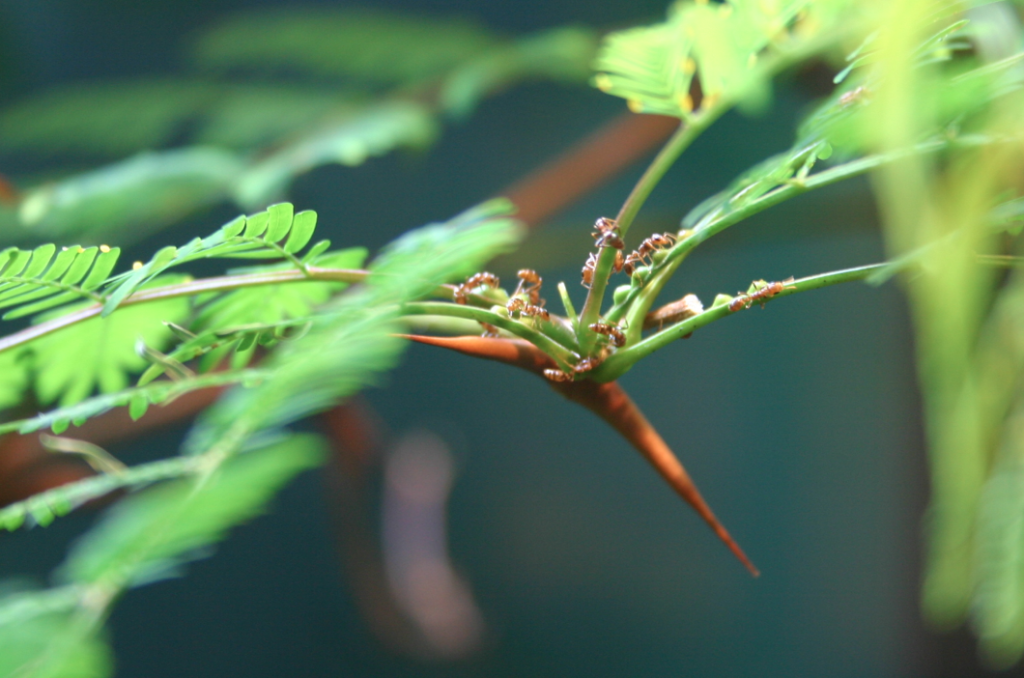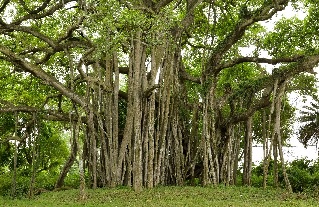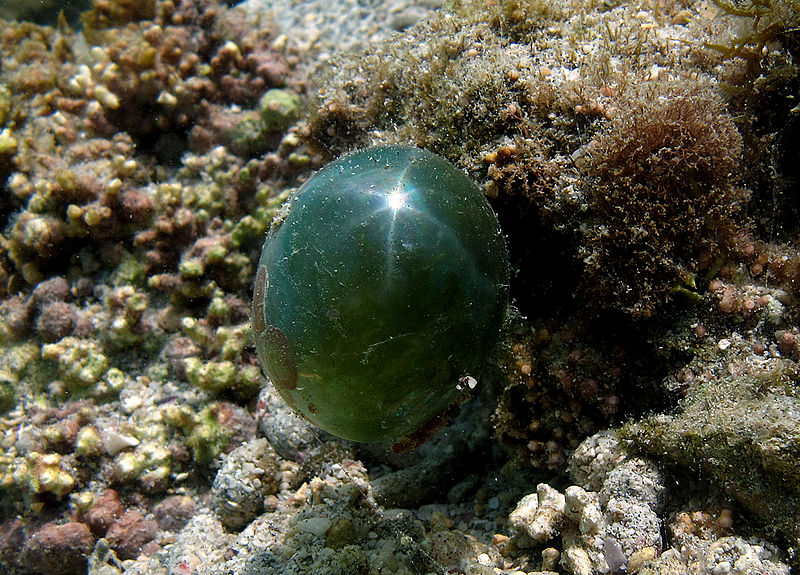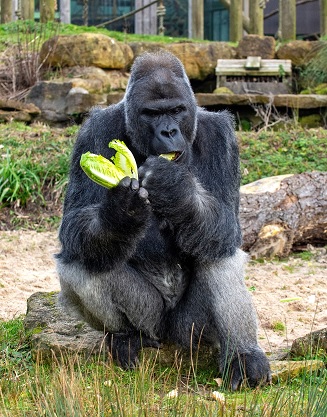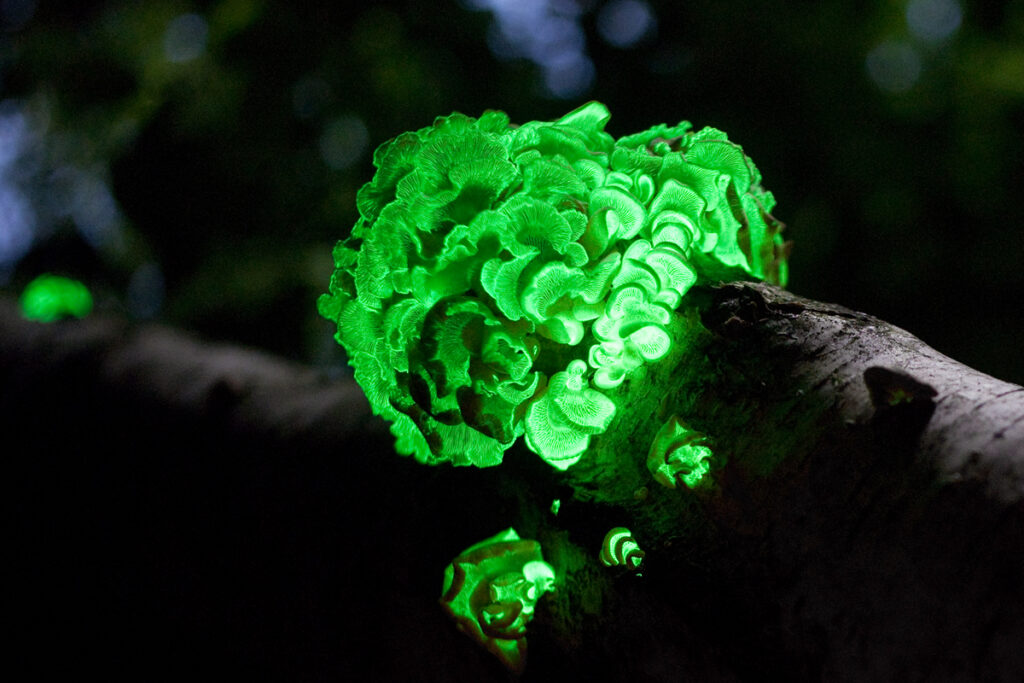October 6, 2022
Fun Fact: Mushroom houses are coming and they know if you’re feeling cold.
An international team of researchers and industry partners from the UK, Denmark, Italy, and the Netherlands are working on a new type of smart building grown from mycelium (the root-like structures of fungi) that is capable of adaptively reacting to changes in light, temperature, and air pollutants. The Fungal Architectures (FUNGAR) Project brings together architecture, computer science, mycology, and industry experts to integrate living fungi into a structurally and environmentally performing building fabric.
FUNGAR started when Professor Adamatzky, Director of the Centre of Unconventional Computing at UWE Bristol, discovered that fungi respond to external stimuli such as changes in lighting and temperature with spikes of electrical activity. The objective is to build a building that will be able to recognise lighting levels, chemicals in the environment, the presence of people, and touch. Acting as a massively-parallel computer, the building will control connected devices like lights and heaters depending on the environmental conditions. By using mycelia as both an integrated structural and computational substrate, the building will have low production and running costs and embedded artificial intelligence. It will also be made from natural materials, lightweight, waterproof and recyclable when it reaches the end of its life.
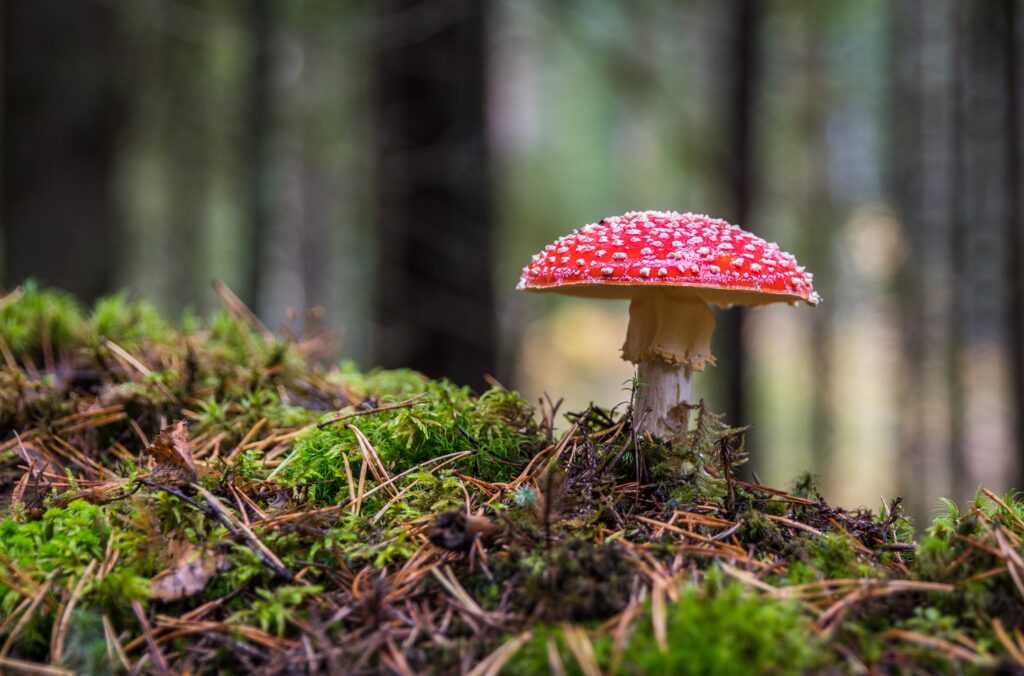
Mycelium-based building products have been on the market for a while already, but existing approaches involve growing the fungi to the required shape (e.g., bricks, blocks, or sheets), and then drying them to produce a stable, inert, but no-longer-living composite. The living building material for the FUNGAR Project will act as its own parallel computer for environmental regulation and adaptation.
I hope they build their building… There’s so mushroom for development in this emerging field. I’m sure there are lots of people willing to champignon their work…and they shouldn’t have any truffle publishing…
If you’re interested in reading more about FUNGAR, you can find their website here: https://www.fungar.eu/



